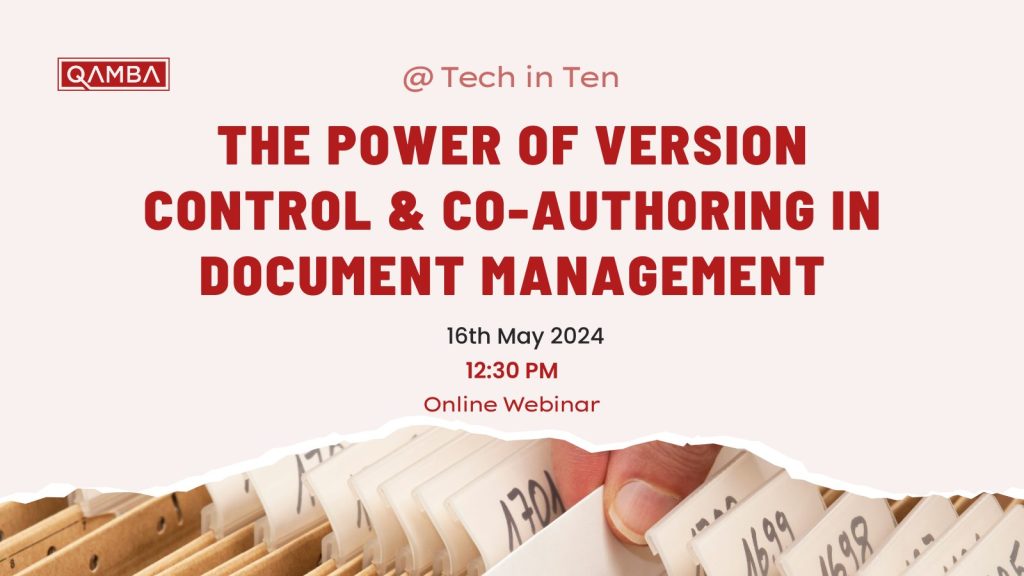Employers worldwide have had to adapt their operations due to the pandemic, leading to the rise of remote work. Both organisations and employees benefit from the flexibility of working from home or in a hybrid office/remote setup. Remote work also saves costs and can boost employee morale and productivity.
However, remote work has challenges, such as cybersecurity risks for remote teams and management difficulties. Employee monitoring tools have emerged to address these challenges but have mixed employee reviews.
Statistics show that 16% of companies are entirely remote, 40% support hybrid office/remote working, and 44% don’t allow remote work.
What Is Employee Monitoring Software?
Employee monitoring software can track digital activities such as clock-in and clock-out time, keystrokes, mouse activity, websites visited, and even taking screenshots of the employee’s computer. Tools like Hubstaff and BambooHR can track these activities and send daily or weekly reports to the company. Some invasive tools can even track video and sound. Depending on the tool and ethical considerations of the employer, tracking can be visible or hidden from the employee. While this type of monitoring can benefit an organisation concerned about productivity theft, it can also harm employee morale and trust. Before setting up such a system, it is crucial to consider the pros and cons.
Pros of Activity Monitoring Tools
Helps Managers Understand How Employees Spend Their Day
Many tracking tools offer the ability to track time by project, allowing managers to understand how employees prioritise their time. This information can help project return on investment (ROI).
Reduces Non-Work Activities During Working Hours
Many employers are concerned that remote employees may waste time, potentially spending hours on non-work activities like social media. Studies have shown that approximately half of the monitored employees spend three or more hours daily on non-work activities. However, the knowledge that their app usage is being monitored often acts as a deterrent from engaging in non-work activities.
Can Be an Easy Way to Track Time for Remote Workers
Tracking tools can be handy for smaller companies with fully remote teams, as they allow employees or freelancers to easily track their time with just a click of a button. Employers can set a weekly hour cap and manage payments automatically through the app, providing added convenience for both parties.
Cons of Activity Monitoring Tools
Hurts Employees’ Morale & Productivity
Monitoring can make employees feel trapped and damage their morale, ultimately decreasing productivity. Instead of being fully engaged in their work, they may worry about their performance being negatively impacted by the tracking software. Employees may also feel betrayed, mistrusted, disloyal to the company, hurt, or treated like a number rather than a person.
“Activity Monitoring” Doesn’t Mean Productivity
Many tracking tools generate “activity reports” for both employees and employers. These reports typically analyse keyboard and mouse activity during a specified period. However, they don’t account for situations where employees may need to use their brains instead of their mouse or keyboard. For example, when solving a complex problem or engaging in a sales call. The same applies to video conferencing when keyboard and mouse activity might not be required.
Despite these limitations, the activity report still generates a productivity score based solely on keyboard and mouse activity. This could lead employers to wrongfully assume that an employee is slacking off when they are working hard.
Costs Organizations Good Employees
According to a survey, almost half (47%) of tech employees said they would quit if their employer started tracking them. Implementing monitoring can make good employees feel untrusted and unappreciated, leading to alienation and a decline in morale.
When employees are reduced to a set of numbers, such as keystrokes, their creativity and individuality can be restricted. Valuable employees tend to stay with companies where they feel valued and have growth opportunities. Once these factors are eliminated, they are more likely to seek employment elsewhere.
Finding a Balance
When considering the appropriate level of tracking for your employees, it’s essential to keep a few things in mind:
- Determine what data is essential to track and what can be left out.
- Consider whether all employees should be monitored the same way or if different roles or teams require different levels of oversight.
- Seek feedback from your employees on how they feel about monitoring, and be prepared to address any concerns they may have.
- Ask yourself whether monitoring is necessary to solve an existing problem or if it’s being implemented for monitoring alone.
- Identify any unnecessary features of the tool you’re using, and disable them to reduce the level of tracking.
- Evaluate whether the data you’re collecting provides accurate insights into productivity or if adjustments need to be made to the tracking process.
Get Expert Advice on the Best Tools for Your Business
The use of cloud tools can significantly impact your business. Therefore, it’s crucial to consider their deployment carefully. Don’t hesitate to contact Qamba to schedule a consultation if you need guidance on effectively implementing cloud tools. We’ll provide you with valuable insights and advice.



